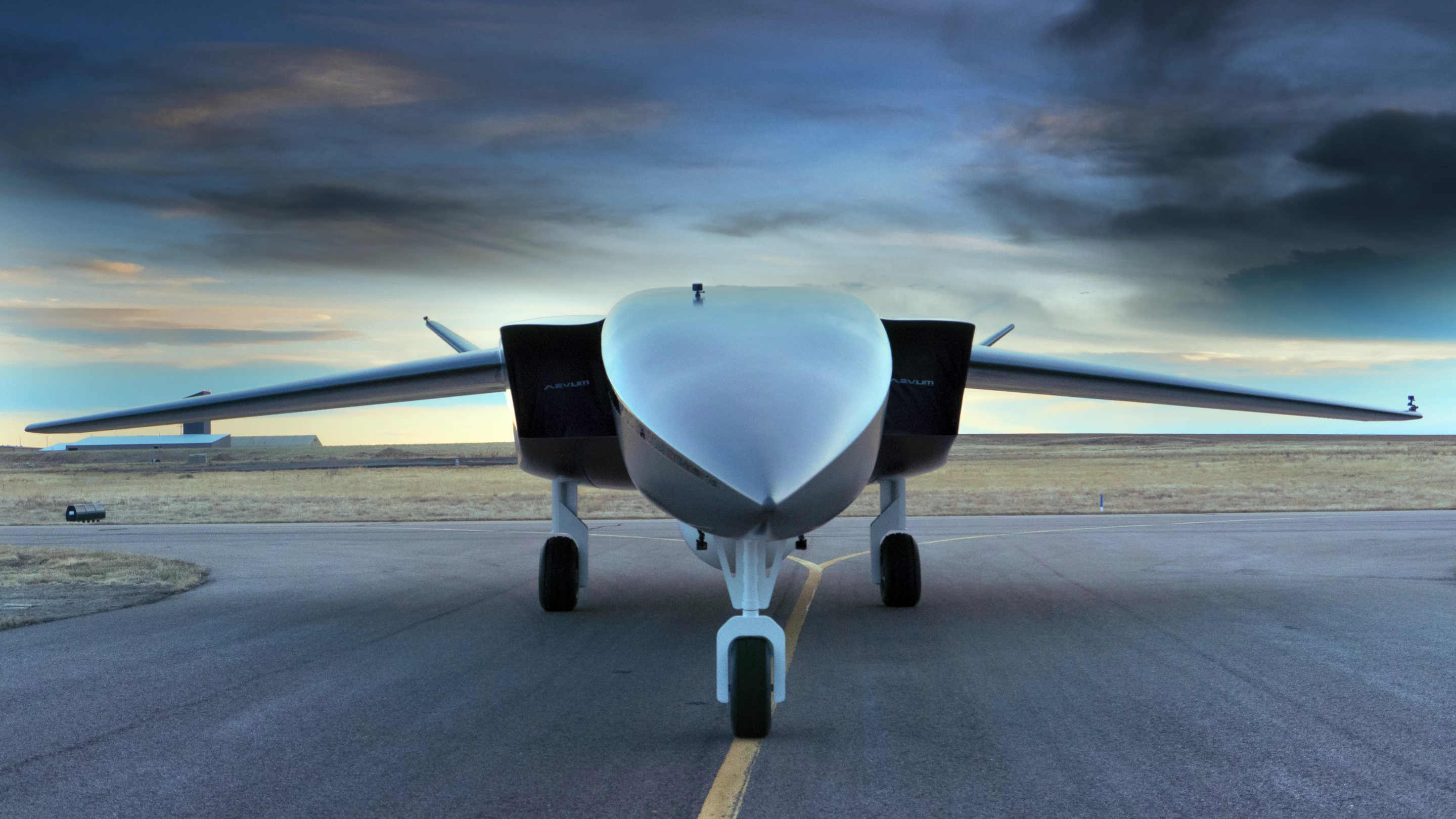While the idea of a space launch might usually conjure up images of a rocket blasting off vertically from the pad, lately we’re seeing how a number of companies might soon shake things up. Looking to make its mark in this area is US-based firm Aevum, which has just unveiled a massive drone called the Ravn X that is designed to act as an autonomous, airborne launch system for small satellites.
Much like Rocket Lab, SpaceX, Virgin Orbit and a number of other startups, Aevum hopes to improve access to space with a novel launch system that can deliver payloads to orbit with high frequency. Its solution to this was to develop what it says is the biggest drone in the world, which can autonomously take off and land on runways as short as one mile (1.6 km) long and requires only 8,000 square feet (743 sq m) of hangar space.
The giant Ravn X drone is 80 ft (24 m) long, 18 ft (5.5 m) tall, has a wingspan of 60 ft (18 m) and uses the same jet fuel as a regular airplane. Aevum says the Ravn X is almost weather agnostic and can launch in nearly all conditions, while 70 percent of the drone is reusable, with the company eyeing something closer to full reusability down the track.

The Ravn X carries some similarities to Virgin Orbit’s launch system, or the Stratolaunch, which is the world’s largest plane and is being developed to launch payloads into space from mid-air. Unlike these systems, however, the Ravn X won’t require pilots onboard to operate, therefore removing the risk to human life. Safety issues aside, Aevum says a full fleet of autonomous RavnX vehicles will be capable of firing a payload into space every 180 minutes.
“Aevum is completely reimagining access to space,” says Jay Skylus, founder and CEO of Aevum. “The current definition of rocket science doesn’t work for us. With Aevum, everyone will be able to say, ‘It is rocket science and I can do it.’ Aevum is pushing logistics to the next generation with software and automation technologies.”

Aevum may have just whipped the covers off its autonomous launch system, but says it has already earned more than US$1 billion in launch contracts. Among its customers is the US Space Force, which will use the Ravn X system to launch its ASLON-45 mission to place a set of small satellites in low Earth orbit.
“I’m excited to see the bold innovation and responsiveness in development today by our small launch industry partners to support emerging warfighter needs,” says Lt. Col. Ryan Rose, Chief of the Space and Missile Systems Center’s Small Launch and Targets Division. “The U.S. Space Force is proactively partnering with industry to support U.S. space superiority objectives. Having a robust U.S. industry providing responsive launch capability is key to ensuring the U.S. Space Force can respond to future threats.”
You can see the Ravn X move around the runway in the video below.
Source: Aevum






